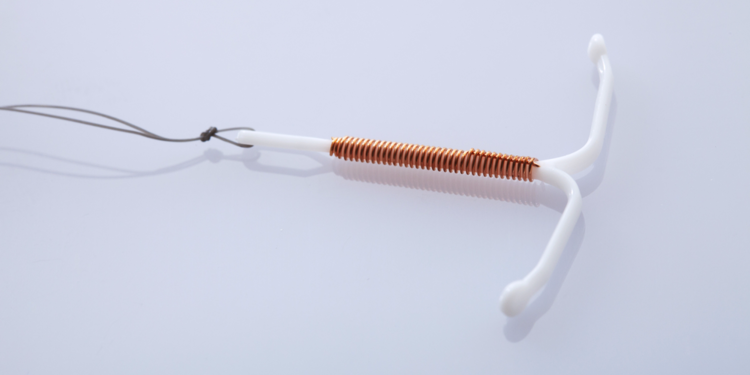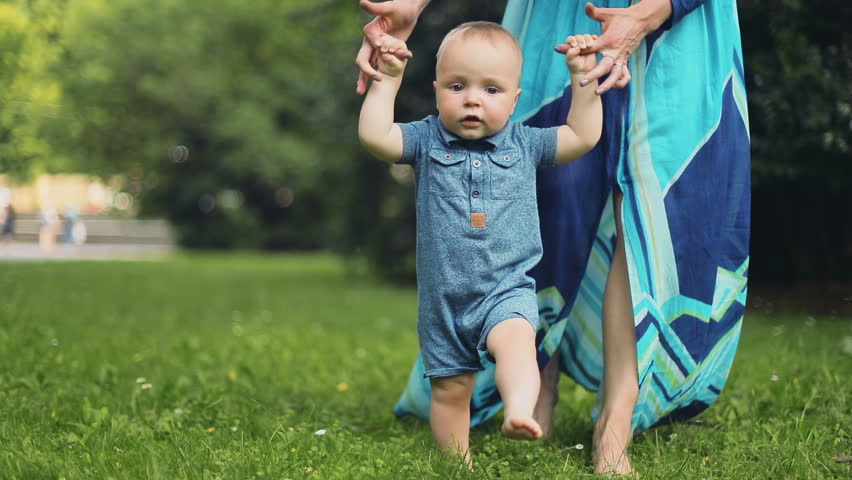Contents:
- Medical Video: Breathing control for breathlessness - Cancer Research UK
- Regular breathing (controlled breathing)
- Relaxing breathing (calm breathing)
- Meditation
- Meditation with one focal point
- Meditation with two focal points
- Imagination
Medical Video: Breathing control for breathlessness - Cancer Research UK
Difficulty breathing is the most common symptom of lung cancer. For some patients, these symptoms can trigger stress which actually worsens breathlessness. Here are 4 breathing techniques to relieve breathing problems faced by lung cancer patients every day.
Regular breathing (controlled breathing)
Below are 4 easy steps you can try:
- Step 1 : If possible, try to sit up straight. This can help increase the space in your lungs to take in more oxygen.
- Step 2 : Inhale slowly through the nose and remove it by mouth. When you inhale, make sure your mouth is closed. Then, exhale through your mouth with your lips tightened like you will whistle. Try to sigh twice as long as you take a breath. This step aims to remove the remaining air in the lungs and make more room for new oxygen-rich air.
- Step 3: Use your lower chest muscles (diaphragm) to breathe.
- Step 4: Relax your neck muscles, shoulders and upper chest when you breathe.
Try this technique when you feel short of breath.
Relaxing breathing (calm breathing)
Calm breathing is a breathing technique that not only can help you breathe but can make the mind relax. When you feel stressed or anxious, breathing tends to be shorter. The following are 4 steps that can help slow your breath and reduce stress:
- Step 1 : Take a deep breath using the diaphragm, the muscle between the lung and stomach.
- Step 2 : Hold your breath for a few seconds or as long as you can, then exhale slowly.
- Step 3 : Repeat steps 1 and 2 several times until you feel more calm.
- Step 4 : Position your body to relax and relax
The above technique can be applied when you are short of breath or feeling stressed.
Meditation
Meditation is known to be effective in making the mind more relaxed. But, do you know that meditation can also help facilitate breathing? There are two types of meditation, namely meditation with one focal point and meditation with two focal points
Meditation with one focal point
For best results, do this meditation in a safe and quiet place. Focus only on breathing for 15-20 minutes. When breathing, say words like "peace", "love" or "hope" to give suggestions to your mind to stay calm. After doing this meditation, you will realize the immediate benefits of breathing and your peace of mind.
Meditation with two focal points
This meditation is a meditation technique that focuses on your breathing and mind at once. People who have difficulty breathing are very susceptible to stress so that the mind becomes uneasy. This type of meditation may be a solution to help calm the mind and ease emotions. Meditation can be done while sitting relaxed or in between daily activities.
Imagination
Another option that can help breathing is applying imagination techniques. This technique is a combination of deep breathing and meditation techniques. You can use light music, such as the sound of ocean waves or the sound of birds singing. Close your eyes while taking a deep breath. Imagine you are on the beach or in a beautiful park. Mentally, this technique can take you to a place where you feel safe and calm. This will help you breathe more easily while calming the chaotic mind.
Stress and anxiety can lead to difficulty breathing. You can try a number of breathing techniques above when experiencing these conditions. Besides helping breathing, the above techniques can also help you manage your emotions.
Hello Health Group does not provide medical advice, diagnosis or treatment.












